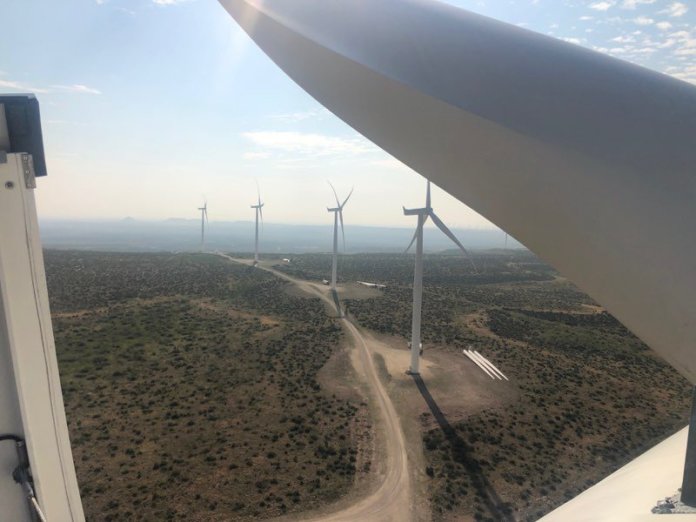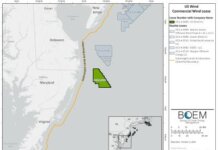COVID-19 will pose significant challenges to the American wind power industry, which represents the largest source of renewable energy in the U.S. and over 114,000 jobs in the U.S. economy. The American Wind Energy Association (AWEA) has released its initial estimate for how the virus will affect the wind industry, noting the virus could put over 35,000 jobs at risk and jeopardize $43 billion in investments and payments to rural communities.
AWEA is working closely with government officials to ensure that wind power will continue building on its success in delivering clean, reliable and affordable energy to consumers across the country.
“We’re assessing the many hurdles our members are facing in mitigating the disruptions from COVID-19. Protecting American jobs and economic investment and ensuring the safety of the wind workforce remain our primary objectives,” says Tom Kiernan, CEO of AWEA.
“The COVID-19 pandemic is harming the wind industry’s ability to build the wind farms envisioned by Congressional legislation and putting at risk 35,000 wind energy jobs. To best protect these jobs and the health of our existing workforce, we are asking Congress to immediately extend the schedule and improve the liquidity of our existing tax credits,” he adds.
According to AWEA analysis, COVID-19 is putting an estimated 25 GW of wind projects at risk, representing $35 billion in investment. This includes the potential loss of over $8 billion to rural communities in the form of state and local tax payments and land-lease payments to private landowners, as well as the loss of over 35,000 jobs, including wind turbine technicians, construction workers and factory workers. The economic losses will have an outsized impact on the rural U.S., where 99% of wind projects are located.
To protect the industry and these workers, AWEA is asking Congress for flexibility in allowing existing policies to continue working for the industry through this period of uncertainty. Wind developers have made investments and planned projects based on what appeared the safe assumption that their projects would qualify for the federal production or investment tax credits, which reduce costs to electricity consumers.
Congress can eliminate the uncertainty created by expected delays and allow investment and hiring to move forward by providing two additional years of safe harbor for projects commencing construction after Dec. 31, 2015, letting them receive the tax credits as originally envisioned. This will help address the scheduling issue created by COVID-19. Additionally, by allowing developers to receive direct pay equal to the value of the credits, Congress can address potential decreases in the availability of tax equity and can help mitigate the economic issue created by the virus.




